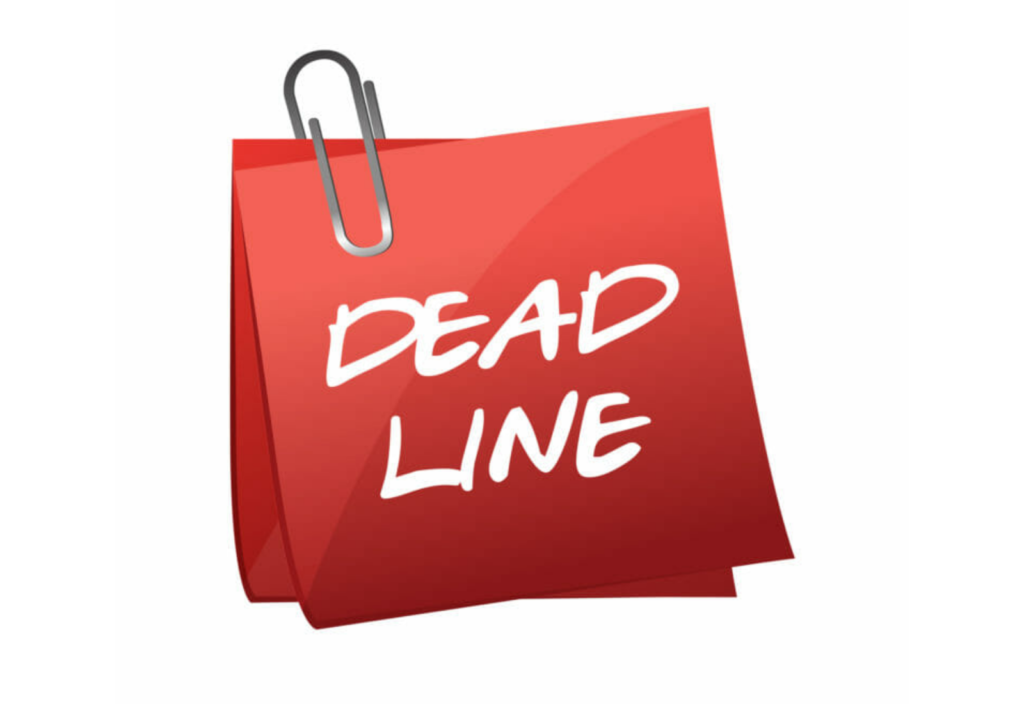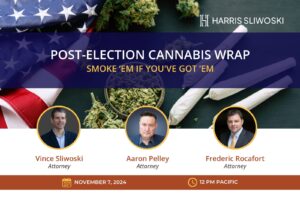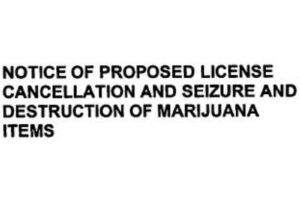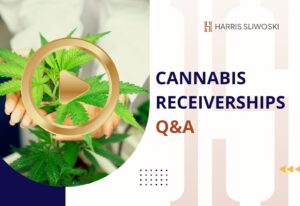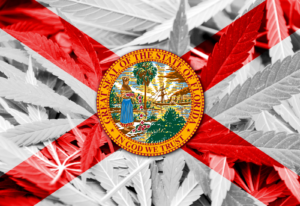The hemp industry is up in arms over the USDA’s interim rules establishing a domestic hemp program. As of this writing, you can find some 900 comments published on regulations.gov. The din of complaints about the deleterious effect of several rules caused Senator Chuck Shumer to send a letter on December 3 to U.S. Agriculture Secretary Sonny Purdue urging the Secretary to extend the public commend period by 60 days. Presently, the public comment period ends on December 30, 2019 and it is unclear whether the comment period will be extended.
Most of us in the hemp industry are well-aware of the major issues in the interim rules: 15-day pre-harvest testing requirements, total THC, DEA laboratories, and crop insurance to name a few. This post is to urge everyone working in hemp to comment on how the interim hemp rules will affect the hemp industry and how the rules ought to be amended.
Crop Insurance: No coverage for hemp crops above .3% Total THC
A major achievement of the 2018 Farm Bill was that it cleared the way for the Federal Crop Insurance Corporation to offer policies to hemp farmers. Producers can obtain coverage under the Whole-Farm Revenue Protection (WFRP) program for 2020 if they are now part of a Section 7606 state or university pilot program authorized by the 2014 Farm Bill or once a USDA-approved plan is in place. WFRP allows coverage of all revenue for commodities produced on a farm up to a total insured revenue of $8.5 million. WFRP coverage is often used for specialty and non-traditional crops.
However, hemp with a THC level above the compliance level will not constitute an insurance cause of loss and hemp will not qualify for replant payments under the WFRP. And the interim rules include fairly strict provisions requiring the destruction of hemp that contains more that .3% Total THC.
But THC levels can fluctuate because of numerous factors beyond the control of any farmer. The USDA recognized this when it decided against a seed certification program in the interim rules because “the same seed used in one State to produce hemp plants with THC concentrations less than 0.3%, can produce hemp plants with THC concentrations of more than 0.3% when planted in a different State.” THC levels can also fluctuate because of weather and other factors and often vary throughout the preharvest life of a hemp plant.
Here is what one farmer from North Carolina had to say:
The genetics of current hemp crops are such that THC levels vary by cultivar, growing condition, etc. They are not always consistent across regions or seasons, even with the best planning, care, and genetic selection. This rule should NOT require farmers to destroy their crops if above .3% THC. In this industry, farmers are at greatest risk of losing their shirts financially, especially if you destroy their entire crop. The regulation should instead allow the farmer to process the crop through extraction, distillation, and isolation, the output of which are cannabinoids separated out in individual containers (CBD, CBG, THC, etc).
The lack of crop insurance coverage for hemp that fails testing when combined with the rules about crop destruction, creates enormous risk for hemp farmers. A farmer may try to do everything right only to end up with an uninsurable crop that must be destroyed and a complete loss of their investment into hemp farming. And, as the farmer from North Carolina notes, the interim rules do not provide for post-harvest remediation of hemp with total THC levels greater than .3%.
Total THC: Delta-9 + THCA
The Canna Law Blog has written on this topic extensively, so I will just give you an excerpt and a few links:
To the disappointment of many in the hemp industry, the USDA adopted a total THC testing requirement. As we previously explained, total THC is the molar sum of delta-9 THC (“THC”) and delta-9 tetrahydrocannabinolic acid (“THCA”). Using a total THC testing protocol will create additional hurdles for hemp farmers who are already engaged in a precarious industry. Not only does this testing method tend to increase the THC concentration in the hemp sample, and thus, pushes it over the 0.3 percent limit, it also limits the type of strains farmers can work with. This is because few hemp genetics currently on the market would comply with a total THC testing method. Consequently, this rule will force hemp farmers to carefully select the types of seeds they buy.
Most everyone agrees that the Total THC requirement is terrible. Here is what one small family farmer commented to the USDA:
To require a 0.3 percent TOTAL THC limit would devastate the CBD and flower industry. Moving forward into 2020 many crops would have to be destroyed that have otherwise been able to be used for extraction for the last several years. Most farmers do not understand what this TOTAL THC methodology means for them.
For more background on this issue, see here, here, and here. For a detailed scientific analysis, Rod Kight recently posted a modified version of a comment written by Marion Snyder, PhD, Chief Scientific Officer of Clearwater Biotech. Dr. Snyder’s findings should alarm everyone in the hemp industry.
15-day preharvest testing by a DEA registered laboratory
The USDA rules require that hemp be sampled and tested for total THC within 15 days of anticipated harvest. And the rules further require that the testing labs be registered with the Drug and Enforcement Administration (DEA). But current DEA rules limit registration to jurisdictions in which medical or recreational marijuana is legal. Although the number of such jurisdictions is growing, no one in the industry believes that the number of DEA registered laboratories can handle the quantities of hemp being produced by American farmers. This is an area where Congress may need to place pressure on the USDA and DEA to avoid causing a significant bottleneck in the hemp supply chain.
Your Comments Matter
Everyone in the hemp industry should take a few minutes to submit a comment on the interim rules. Because the USDA was directed to devise and implement new rules without delay, the USDA did not follow the ordinary “notice and comment” process with which federal agencies generally must comply in the rulemaking process. The USDA’s decision not to follow this process is explained thoroughly in the interim rules themselves and was reviewed by the U.S. Government Accountability Office (GAO). You can read the GAOs report on that here. I am not saying the USDA did anything wrong in foregoing a two-year notice and comment period given the need to move swiftly to establish a hemp production program. But the rush to issue rules does mean that comments submitted on the interim rules matter as the USDA works toward issuing final rules.
In sum: Everyone in the hemp industry ought to submit a comment. Submitting a comment is easy: just click here. Note that you can also upload documents, such as prepared statements or other relevant materials. If you’d like assistance with crafting a comment, please reach out to one of our Hemp-CBD regulatory attorneys.










